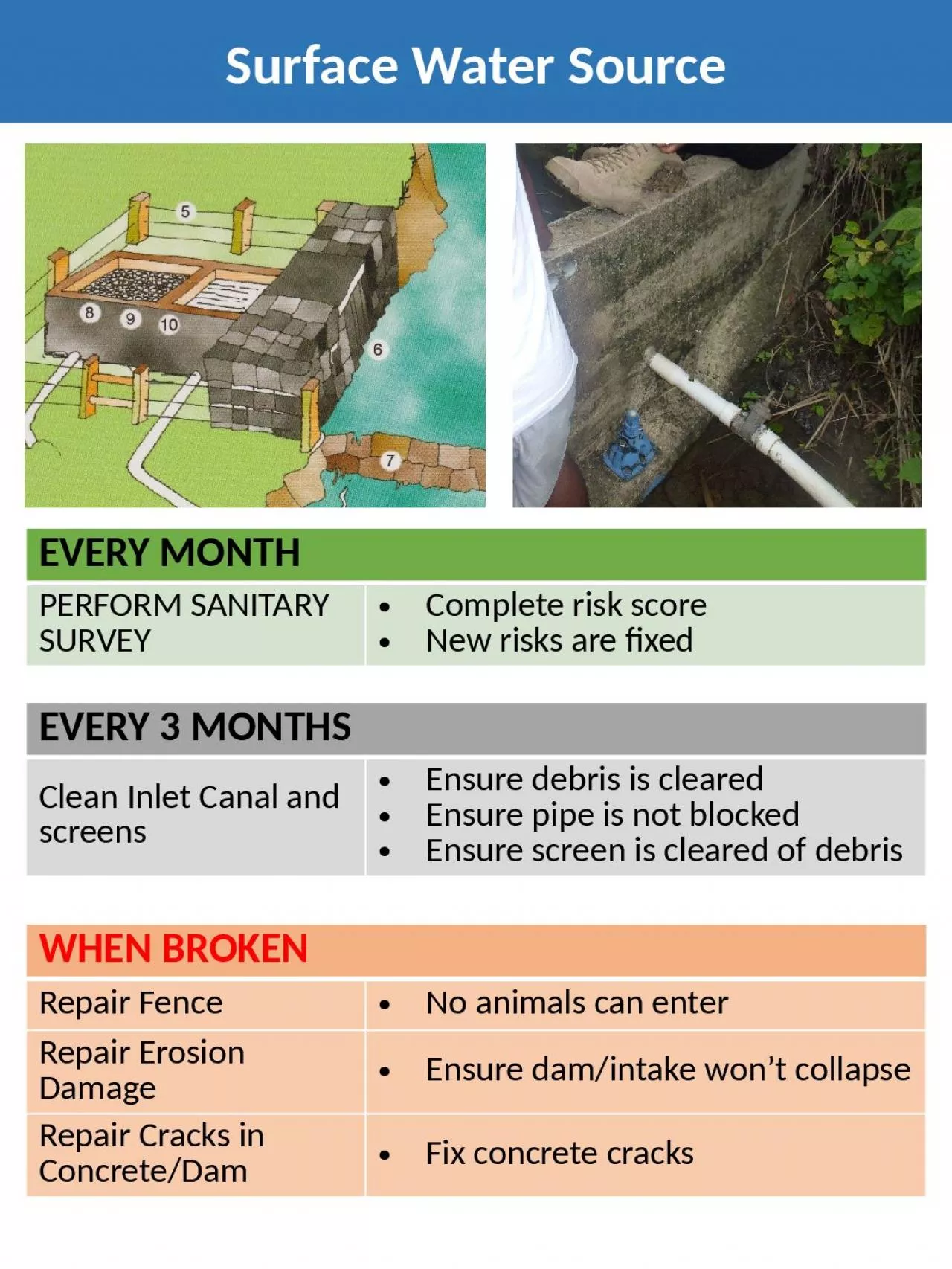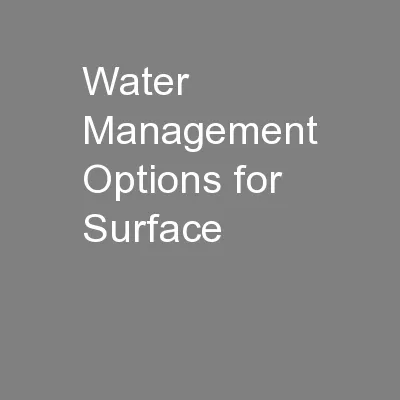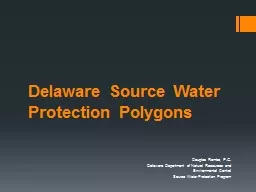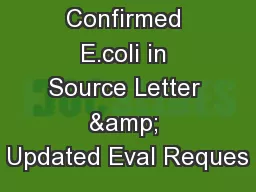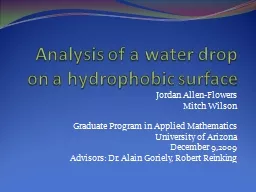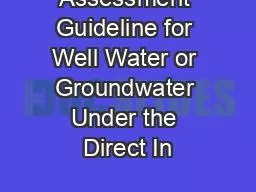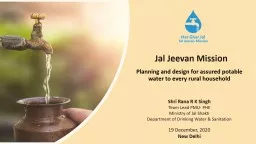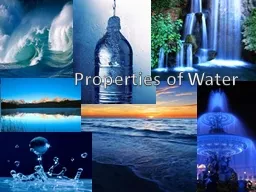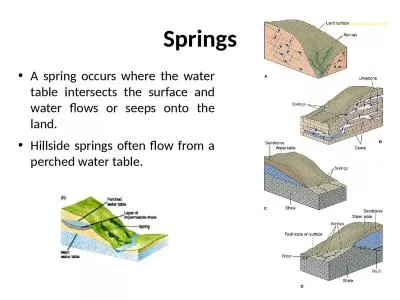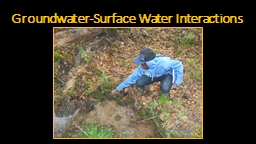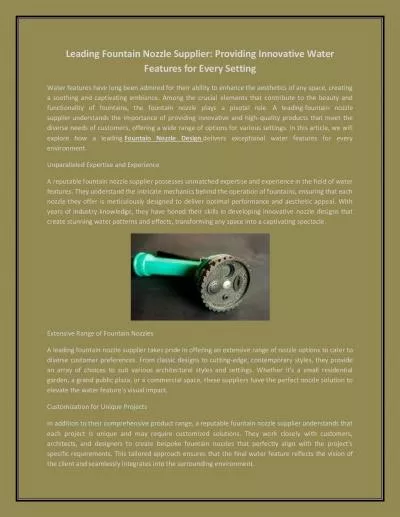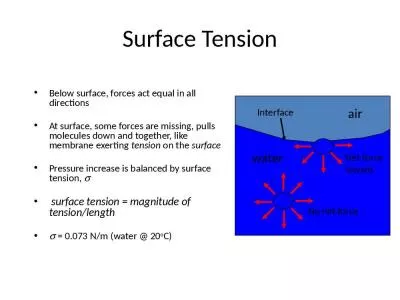PPT-Surface Water Source EVERY
Author : jordyn | Published Date : 2023-10-25
3 MONTHS Clean Inlet Canal and screens Ensure debris is cleared Ensure pipe is not blocked Ensure screen is cleared of debris EVERY MONTH PERFORM SANITARY SURVEY
Presentation Embed Code
Download Presentation
Download Presentation The PPT/PDF document "Surface Water Source EVERY" is the property of its rightful owner. Permission is granted to download and print the materials on this website for personal, non-commercial use only, and to display it on your personal computer provided you do not modify the materials and that you retain all copyright notices contained in the materials. By downloading content from our website, you accept the terms of this agreement.
Surface Water Source EVERY: Transcript
Download Rules Of Document
"Surface Water Source EVERY"The content belongs to its owner. You may download and print it for personal use, without modification, and keep all copyright notices. By downloading, you agree to these terms.
Related Documents

